1 of 93
Download to read offline


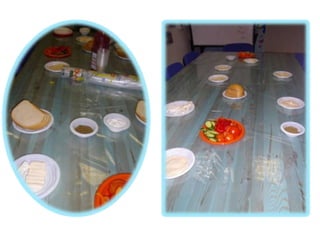
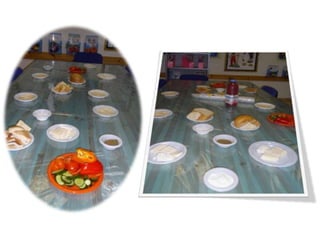
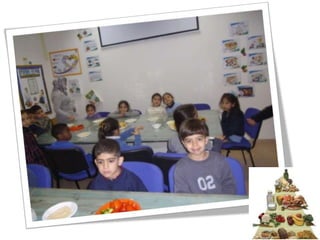


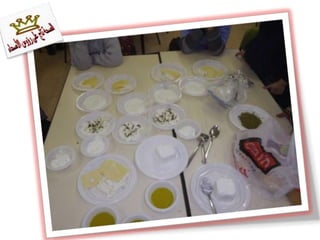

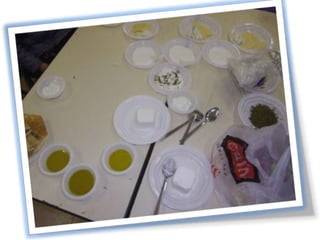
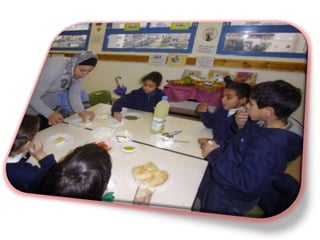
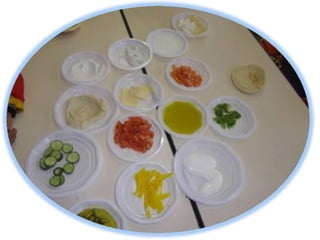
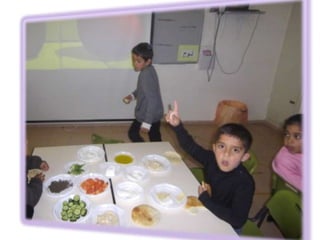

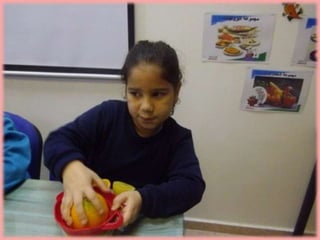

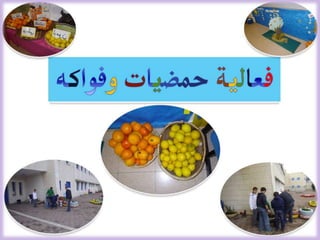
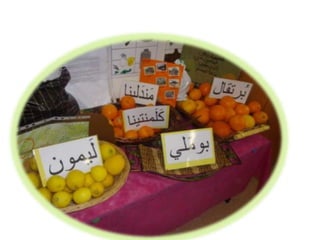
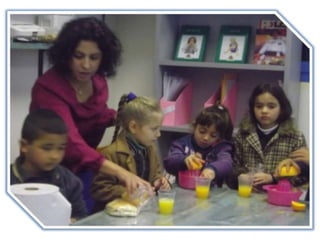
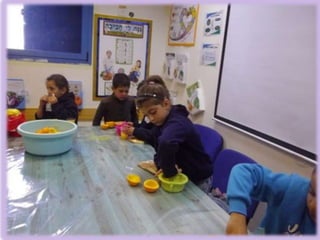
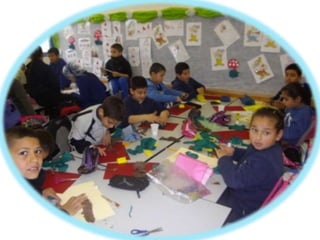

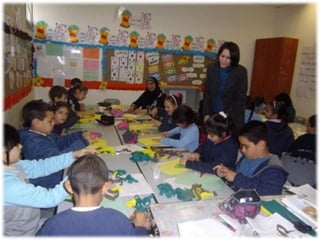
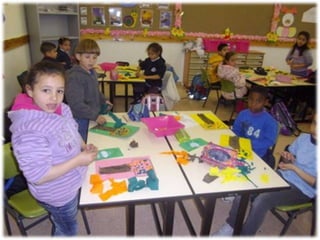
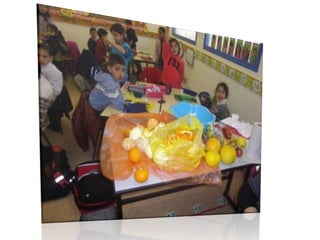
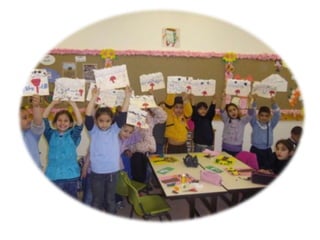

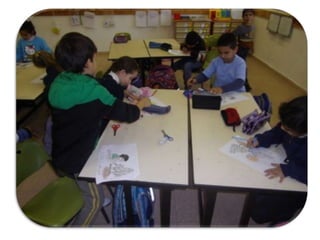
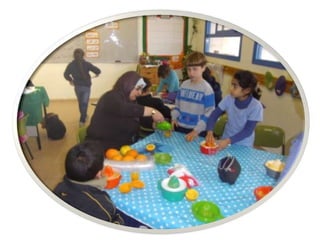

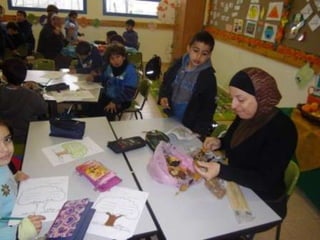
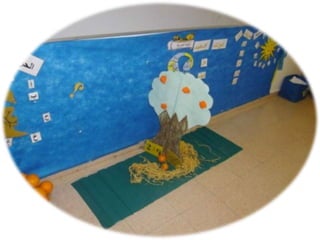
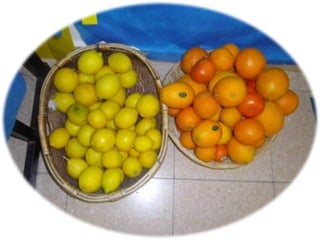


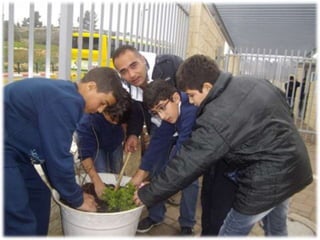
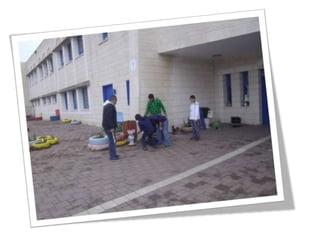
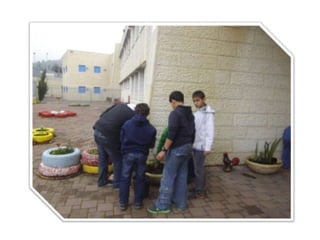
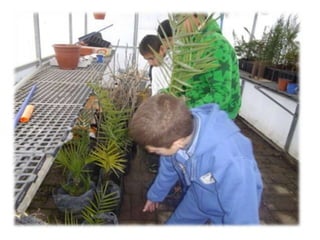




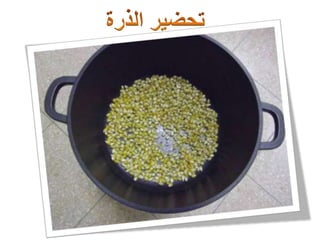
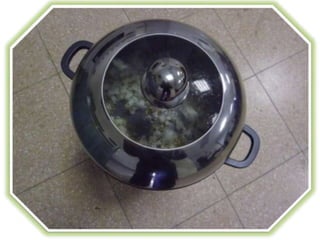






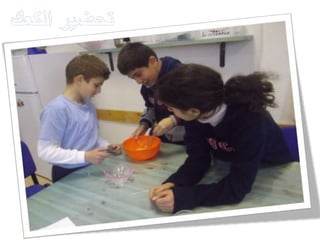
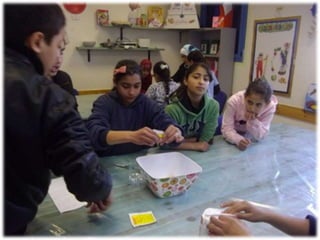
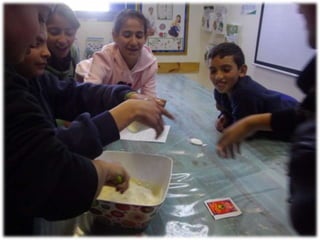
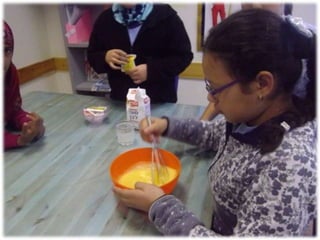


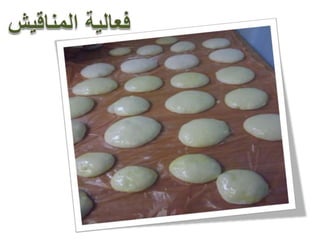
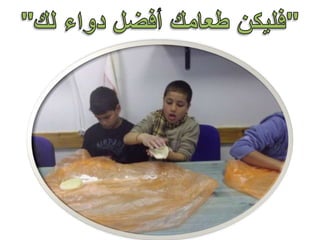


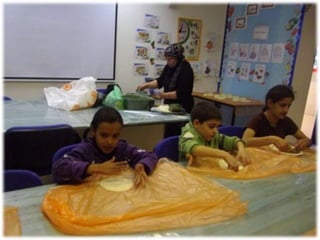
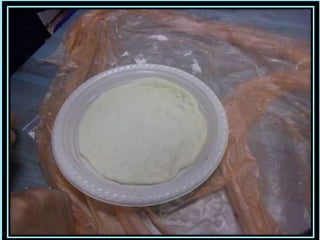
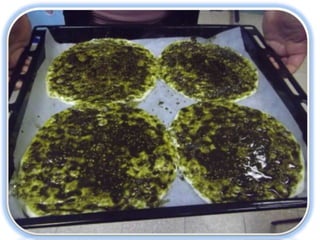
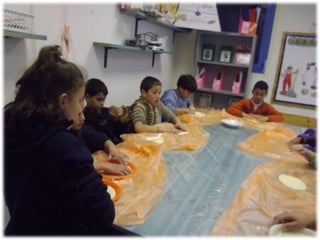
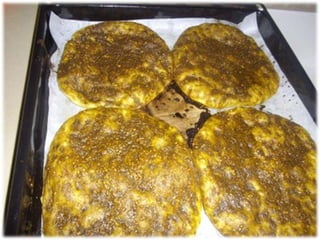
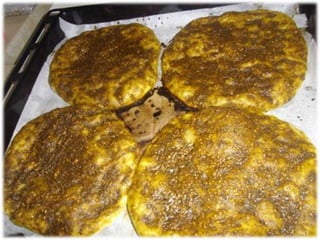
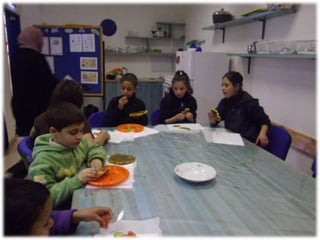
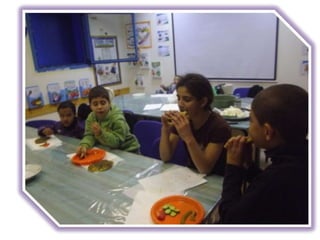
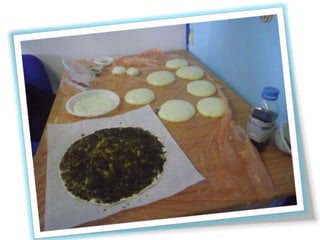
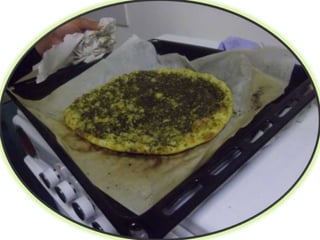



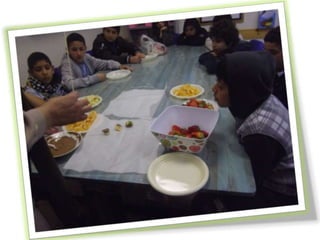
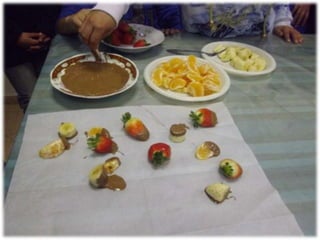
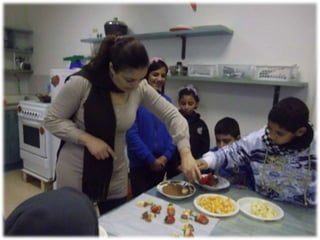
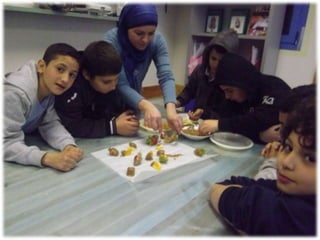

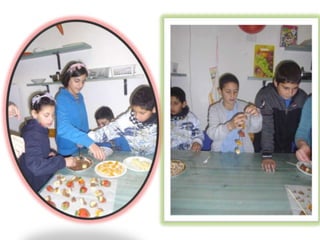



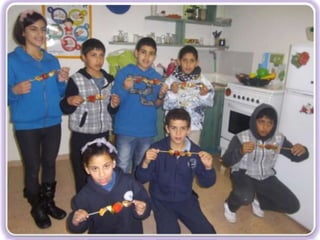

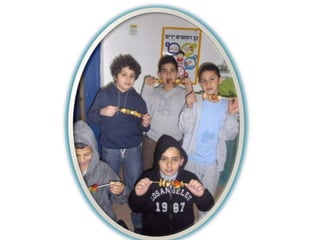


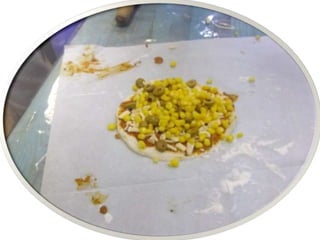




Ad
Recommended
Composite indicators
Composite indicatorsThilak Pathirage -Senior IT Gov and Risk Consultant
��
This document discusses the creation and use of composite indicators for senior management reporting on operational risk. Individual key risk indicators (KRIs) are first transformed into common T-value metrics to allow for aggregation. Composite indicators are then created by combining related T-values through multiplication or unrelated ones through taking the maximum. Weights and thresholds can be adjusted to reflect management's risk appetite. The resulting composite indicators are presented on a single-page summary to highlight areas requiring senior management's attention, such as a particular business growing too rapidly.Understanding human nature through theater copy
Understanding human nature through theater copyjurizzelleangel
��
Asian theater originated from ritualistic dance dramas where dance and music play an important role. The actors wore masks and makeup that were symbolic of the character's social status and qualities. Costume design and color were also symbolic while the stage was kept simple. Female roles were normally played by males in traditional Japanese puppet theater, which involved puppeteers, chanters, and shamisen players using a three-stringed instrument played with a plectrum.314
314Thilak Pathirage -Senior IT Gov and Risk Consultant
��
The document discusses changes between the 2013 and 2005 versions of ISO 27001, the international standard for information security management systems. Some key differences covered include a new document structure aligned with Annex SL, definitions being moved to ISO 27000, risk assessment requirements being more general and aligned with ISO 31000, and changes to some control objectives and controls. The presentation provides details on structural changes, new and deleted requirements, and comparisons between controls in the two versions.Sdlc models
Sdlc modelssiddu_449
��
The document discusses several software development life cycle (SDLC) models including Waterfall, V-Shaped, Prototyping, Rapid Application Development (RAD), Incremental, and Spiral models. For each model, it describes the key steps, strengths, weaknesses, and when each model is best suited to use. The document provides a high-level overview of the different SDLC approaches.Юрий Алексеевич Гагарин
Юрий Алексеевич Гагаринjkmuf
��
Документ описывает семью Юрия Гагарина, его детство и воспитание в деревне Клушино. Упоминается трудолюбие родителей и строгая, но справедливая дисциплина, которую они прививали детям. Характер будущего космонавта формировался в условиях послевоенного времени, где он проявлял настойчивость и целеустремленность.Oracle core-hr
Oracle core-hrBlessing Mufisha
��
The main person types in Oracle E-Business Suite HRMS are:
- Employee - A person who is currently employed by the organization.
- Applicant - A person who has applied for a job opening but is not yet hired.
- Contingent Worker - A person who is not a regular employee but provides services, like a contractor.
- Dependent - A person who is financially dependent on an employee, like a spouse or child.
- Beneficiary - A person who is entitled to receive benefits after an employee's death, like a spouse or parent.
- Ex-Employee - A person who was previously employed but is no longer with the organization.
- Board Member - A52652115 analysis-of-credit-default-of-j-k-bank
52652115 analysis-of-credit-default-of-j-k-bankbacha_123
��
The document is a project report submitted by Showkat Ahmad Zargar for their MBA program at Bharatiya Vidypeeth University. The report analyzes the credit default in various industrial sectors of Jammu and Kashmir (J&K) state for J&K Bank. It begins with an acknowledgment and table of contents. It then provides background information on J&K Bank, including its history, mission, vision, financials, products, competitors, and SWOT analysis. The report outlines the objectives, methodology, data collection process and limitations of the study. It also includes conceptual discussions and data analysis on the credit default of J&K Bank in different industrial sectors of J&K state. The3) topic 2 welfare & elasticity 1
3) topic 2 welfare & elasticity 1blackcloud2408
��
This document provides an overview of key concepts related to welfare and elasticity in economics. It discusses consumer surplus and producer surplus, how they are measured as the area between demand/supply curves and price lines. It then covers the elasticity of demand, including own price elasticity and how it is calculated, as well as factors that influence elasticity. The document also discusses how elasticity impacts total revenue and explores cross price elasticity. Finally, it briefly introduces the concept of price elasticity of supply.Certifcation of Building Using GRIHA Rating System
Certifcation of Building Using GRIHA Rating SystemSandeep Jain
��
The document is a presentation on the GRIHA rating system for the LT & Academic Complex building at IIT Delhi. It provides details of the building project and outlines the GRIHA criteria used to evaluate the building's sustainable features. It describes aspects like site planning, water and energy management, waste management, and materials used. It indicates the building scored 84 points out of 100 to achieve a 4-star GRIHA rating, recognizing its efforts in optimizing resource use, minimizing ecological impact and incorporating sustainable practices in line with GRIHA standards.Utilization of waste paper sludge in construction industry
Utilization of waste paper sludge in construction industrySandeep Jain
��
The report examines the potential utilization of waste paper sludge in the construction industry as a supplementary cementitious material, highlighting its physical, chemical, and mineralogical properties. It discusses the benefits of using waste paper sludge in concrete production, brick manufacturing, and other construction applications to address waste management issues while improving resource efficiency and reducing environmental impact. The findings indicate that properly activated waste paper sludge exhibits significant pozzolanic reactivity and can enhance the mechanical properties and durability of construction materials.Development of hypothetical eco industrial park at bellary, karnataka (india)
Development of hypothetical eco industrial park at bellary, karnataka (india)Sandeep Jain
��
The document presents a project on developing a hypothetical eco-industrial park in Bellary district, Karnataka, aimed at enhancing economic performance while minimizing environmental impacts through industrial ecology principles. It outlines existing and proposed industries in the region, highlighting resources, production capacities, and environmental benefits. The proposed model focuses on material and energy exchanges, maximizing efficiencies and identifying future opportunities for sustainable practices.Safety & Quality Aspects in '3-S' System of Construction
Safety & Quality Aspects in '3-S' System of ConstructionSandeep Jain
��
This document summarizes a project study on safety and quality parameters for a '3-S' construction system used by B.G. SHIRKE Construction Technology Pvt. Ltd. The '3-S' system focuses on speed, safety, and strength using a four-stage manufacturing, storage, transit, and erection process. Safety management techniques are discussed for each stage, covering personnel protection equipment, signage, training, and risk assessments. Quality assurance procedures include material and component testing during manufacturing and delivery. Potential pros of the '3-S' system include controlled environments, reduced labor, repetition, and fire resistance, while cons can include specialized equipment and skilled labor needs.Utilization of Waste Paper Sludge in Construction Industry
Utilization of Waste Paper Sludge in Construction IndustrySandeep Jain
��
The document discusses the utilization of waste paper sludge in the construction industry, highlighting its potential as a sustainable material for concrete production and clay brick manufacturing. It outlines the characterization of waste paper sludge, including its physical, chemical, and mineralogical properties, as well as its hydraulic and pozzolanic reactivity. The findings indicate that waste paper sludge can reduce carbon emissions and improve material performance while addressing waste management issues.MIVAN_An Aluminum Formwork Construction Technique
MIVAN_An Aluminum Formwork Construction TechniqueSandeep Jain
��
The document discusses MIVAN, an aluminum formwork construction technique. Some key points:
- MIVAN uses modular aluminum forms that allow for fast, simple, and cost-effective construction.
- Components include wall, beam, deck, and other panels that assemble using a pin and wedge system.
- Construction follows a production line approach with activities like formwork erection, concrete pouring, and striking planned sequentially.
- Software is used to design the most efficient formwork layout that minimizes costs.More Related Content
Viewers also liked (9)
52652115 analysis-of-credit-default-of-j-k-bank
52652115 analysis-of-credit-default-of-j-k-bankbacha_123
��
The document is a project report submitted by Showkat Ahmad Zargar for their MBA program at Bharatiya Vidypeeth University. The report analyzes the credit default in various industrial sectors of Jammu and Kashmir (J&K) state for J&K Bank. It begins with an acknowledgment and table of contents. It then provides background information on J&K Bank, including its history, mission, vision, financials, products, competitors, and SWOT analysis. The report outlines the objectives, methodology, data collection process and limitations of the study. It also includes conceptual discussions and data analysis on the credit default of J&K Bank in different industrial sectors of J&K state. The3) topic 2 welfare & elasticity 1
3) topic 2 welfare & elasticity 1blackcloud2408
��
This document provides an overview of key concepts related to welfare and elasticity in economics. It discusses consumer surplus and producer surplus, how they are measured as the area between demand/supply curves and price lines. It then covers the elasticity of demand, including own price elasticity and how it is calculated, as well as factors that influence elasticity. The document also discusses how elasticity impacts total revenue and explores cross price elasticity. Finally, it briefly introduces the concept of price elasticity of supply.Certifcation of Building Using GRIHA Rating System
Certifcation of Building Using GRIHA Rating SystemSandeep Jain
��
The document is a presentation on the GRIHA rating system for the LT & Academic Complex building at IIT Delhi. It provides details of the building project and outlines the GRIHA criteria used to evaluate the building's sustainable features. It describes aspects like site planning, water and energy management, waste management, and materials used. It indicates the building scored 84 points out of 100 to achieve a 4-star GRIHA rating, recognizing its efforts in optimizing resource use, minimizing ecological impact and incorporating sustainable practices in line with GRIHA standards.Utilization of waste paper sludge in construction industry
Utilization of waste paper sludge in construction industrySandeep Jain
��
The report examines the potential utilization of waste paper sludge in the construction industry as a supplementary cementitious material, highlighting its physical, chemical, and mineralogical properties. It discusses the benefits of using waste paper sludge in concrete production, brick manufacturing, and other construction applications to address waste management issues while improving resource efficiency and reducing environmental impact. The findings indicate that properly activated waste paper sludge exhibits significant pozzolanic reactivity and can enhance the mechanical properties and durability of construction materials.Development of hypothetical eco industrial park at bellary, karnataka (india)
Development of hypothetical eco industrial park at bellary, karnataka (india)Sandeep Jain
��
The document presents a project on developing a hypothetical eco-industrial park in Bellary district, Karnataka, aimed at enhancing economic performance while minimizing environmental impacts through industrial ecology principles. It outlines existing and proposed industries in the region, highlighting resources, production capacities, and environmental benefits. The proposed model focuses on material and energy exchanges, maximizing efficiencies and identifying future opportunities for sustainable practices.Safety & Quality Aspects in '3-S' System of Construction
Safety & Quality Aspects in '3-S' System of ConstructionSandeep Jain
��
This document summarizes a project study on safety and quality parameters for a '3-S' construction system used by B.G. SHIRKE Construction Technology Pvt. Ltd. The '3-S' system focuses on speed, safety, and strength using a four-stage manufacturing, storage, transit, and erection process. Safety management techniques are discussed for each stage, covering personnel protection equipment, signage, training, and risk assessments. Quality assurance procedures include material and component testing during manufacturing and delivery. Potential pros of the '3-S' system include controlled environments, reduced labor, repetition, and fire resistance, while cons can include specialized equipment and skilled labor needs.Utilization of Waste Paper Sludge in Construction Industry
Utilization of Waste Paper Sludge in Construction IndustrySandeep Jain
��
The document discusses the utilization of waste paper sludge in the construction industry, highlighting its potential as a sustainable material for concrete production and clay brick manufacturing. It outlines the characterization of waste paper sludge, including its physical, chemical, and mineralogical properties, as well as its hydraulic and pozzolanic reactivity. The findings indicate that waste paper sludge can reduce carbon emissions and improve material performance while addressing waste management issues.MIVAN_An Aluminum Formwork Construction Technique
MIVAN_An Aluminum Formwork Construction TechniqueSandeep Jain
��
The document discusses MIVAN, an aluminum formwork construction technique. Some key points:
- MIVAN uses modular aluminum forms that allow for fast, simple, and cost-effective construction.
- Components include wall, beam, deck, and other panels that assemble using a pin and wedge system.
- Construction follows a production line approach with activities like formwork erection, concrete pouring, and striking planned sequentially.
- Software is used to design the most efficient formwork layout that minimizes costs.